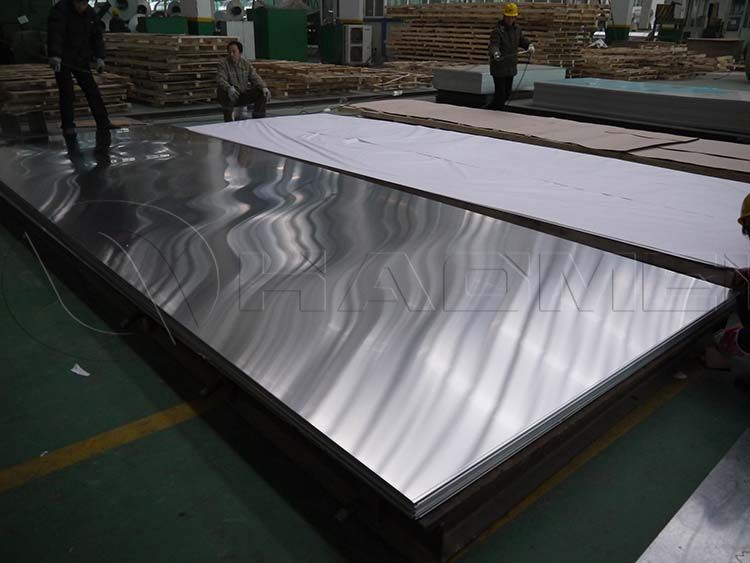How to Build An Aluminum Boat
The basic materials used to build ships include but are not limited to steel, aluminum alloys, plastics, fiberglass, and carbon fiber. The lifespan of an aluminum alloy hull can be as long as more than thirty years. Aluminum alloy boats are lighter, 25% lighter than fiberglass boats of the same style, and save more than 20% fuel consumption.

Overall layout of aluminum alloy boat
Considering the practical application of aluminum alloy speedboats, in terms of overall layout, a single-layer deckhouse is usually designed above the main deck to improve the stability and safety of the aluminum alloy ship, reduce the projected area of the superstructure, and enhance the ship's ability to survive wind and waves. Below the main deck, there are a bow peak tank, a fresh water tank (the lowest level), a workshop, a fuel tank and an engine room (the stern). The main body adopts longitudinal frame mode, the hull and deck are made of 5083 aluminum for sale and the profiles are made of 6082.
Aluminum alloy ship propulsion method
According to the actual requirements of ship speed design, select the power of the main engine. Commonly used ship propulsion methods include propellers and water-jet propulsion. Among them, the former limits the application of large-diameter propellers due to its small draft and reduces propulsion efficiency.
In addition, considering that the design scale of the 14m aluminum alloy ship is within a small range, the line processing is difficult, and the layout of the shaft system and engine room is difficult. Therefore, water jet propulsion was chosen. The water jet propulsion mode of the 14m aluminum alloy ship is suitable for shallow drafts and is easy to operate. By adjusting the angle of the nozzle, the ship can turn around or move sideways when sailing, making the operation very simple.
Aluminum alloy properties
The physical properties of marine grade aluminum alloys are significantly different from ordinary materials. The melting point is 658°C and the thermal conductivity is very large. Under the same process conditions, the cooling rate of the aluminum fusion zone is 4-7 times that of steel, the hot melt is three times that of steel, and the linear expansion coefficient is twice that of steel.
Due to the material performance characteristics of aluminum alloys, there are special requirements for processing. Usually, cold processing is chosen; machine tools are often used to process workpieces. Curved workpieces are mostly processed with stamping molds and then manually hammered into shape to achieve the desired shape. 6082 t651 profile is often used for the boat building.
Welding process
During the production process, there are usually thin plates, that is, aluminum plates below 6mm that need to be spliced. Because the aluminum alloy plate deforms greatly when heated, the internal stress has nowhere to release during welding. The aluminum plate is deformed after high-temperature welding, and it is easy to form uneven edge and difficult to correct.
Once the welding is unsuccessful, the weld will be scrapped due to deformation. During automatic welding and joining operations, a plate press is generally used to press both sides of the weld. The pressure is greater than the deformation force, thereby reducing deformation and heat transfer and reducing uncontrollable situations during welding. The thermal shrinkage rate of aluminum alloy panel welding can reach up to 0.12%. When splicing panels, attention should be paid to the allowance to avoid scrapping of the workpiece.
Original Source:https://www.marinealu.com/a/how-to-build-an-aluminum-boat.html
Tags: marine grade aluminium 5083 ,